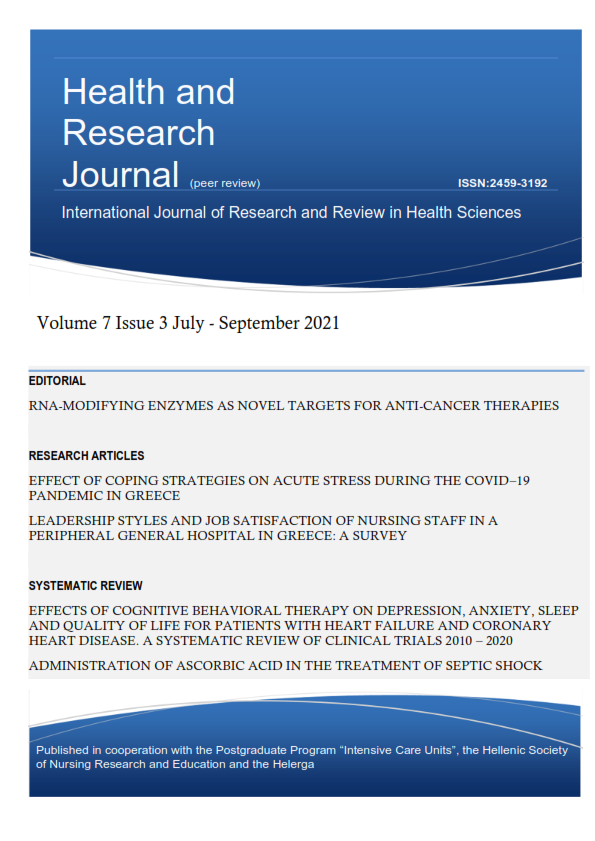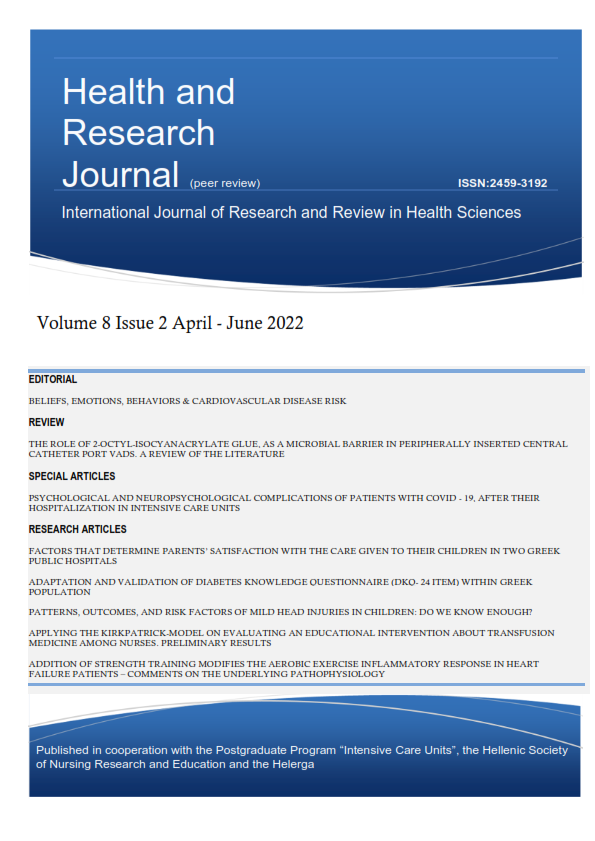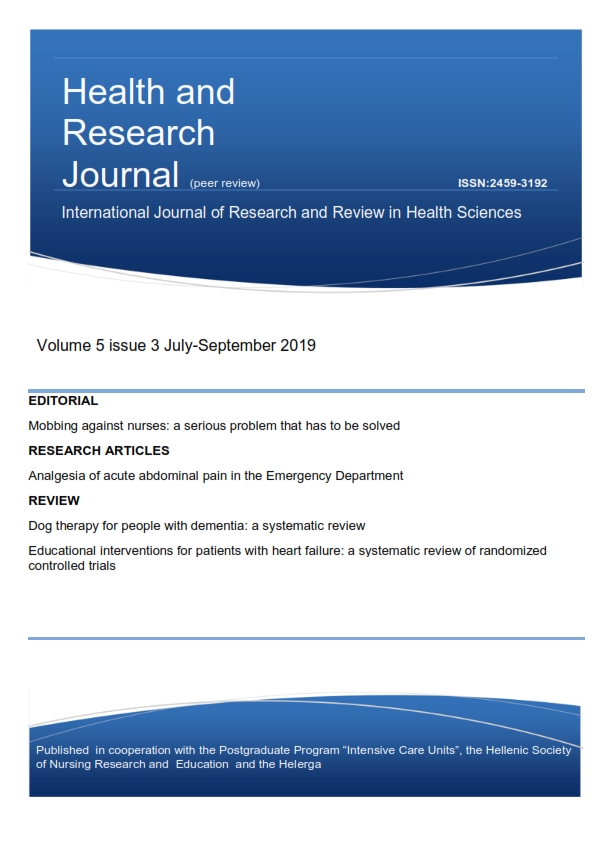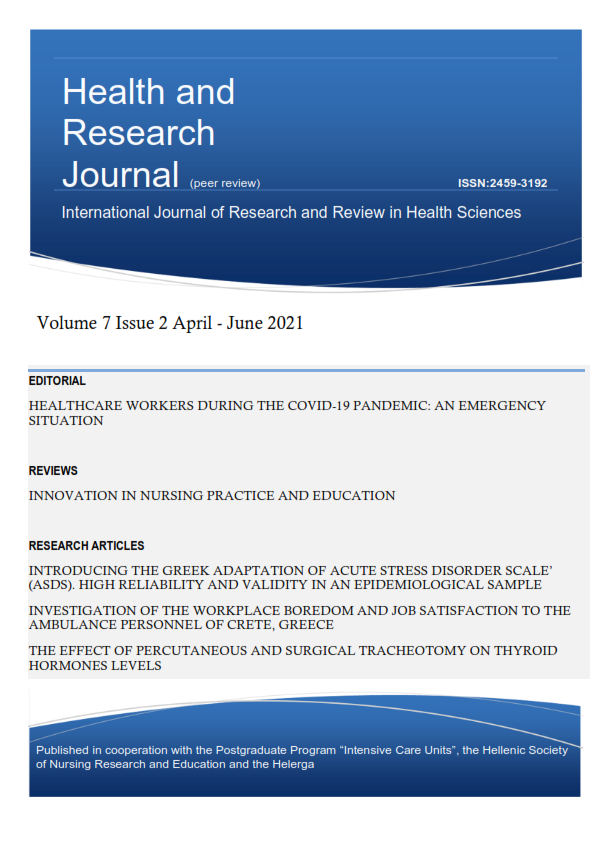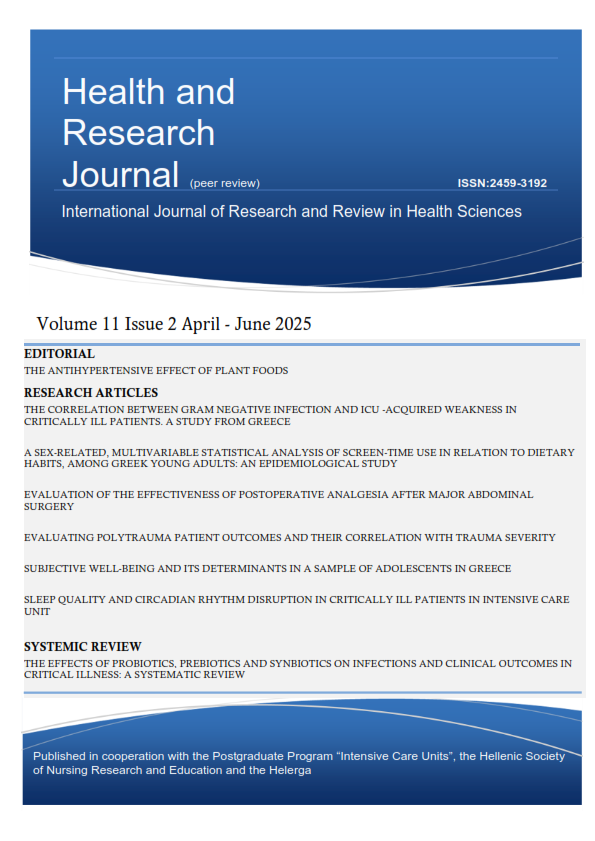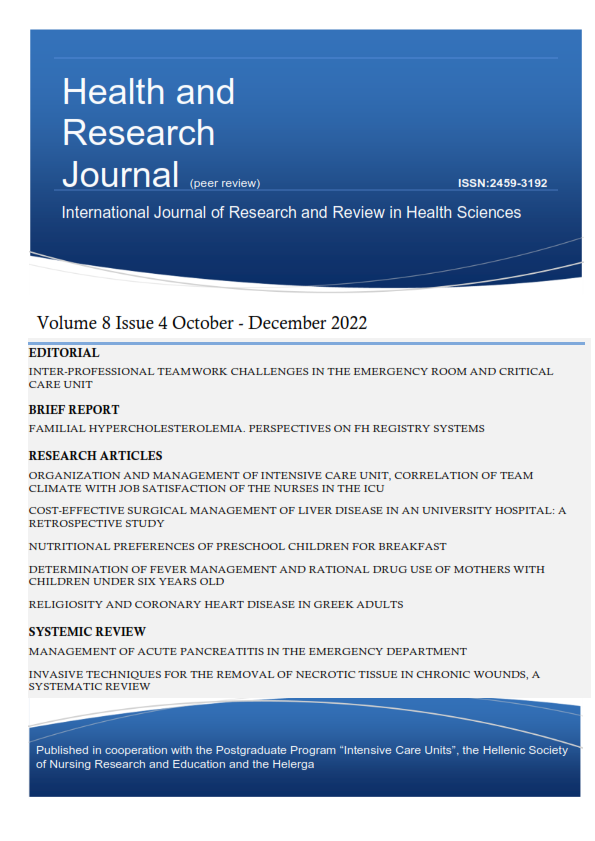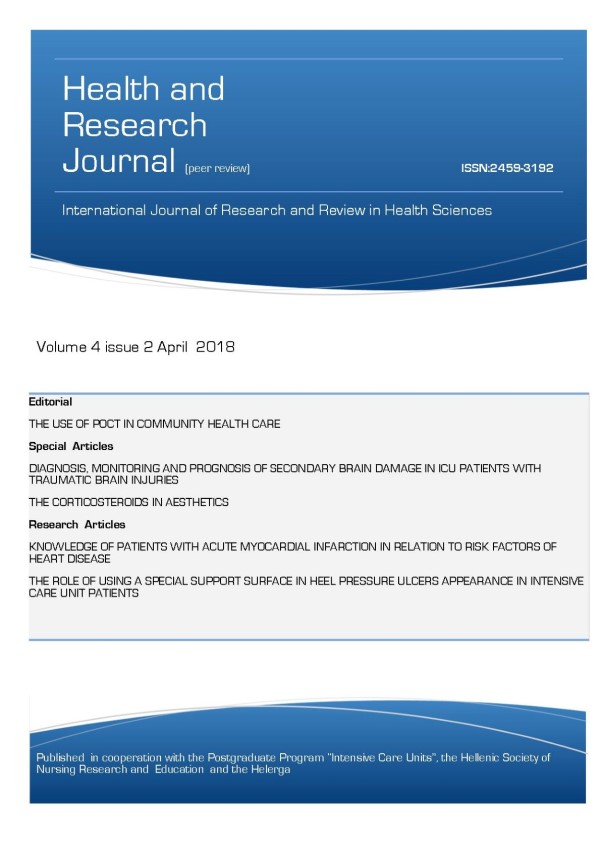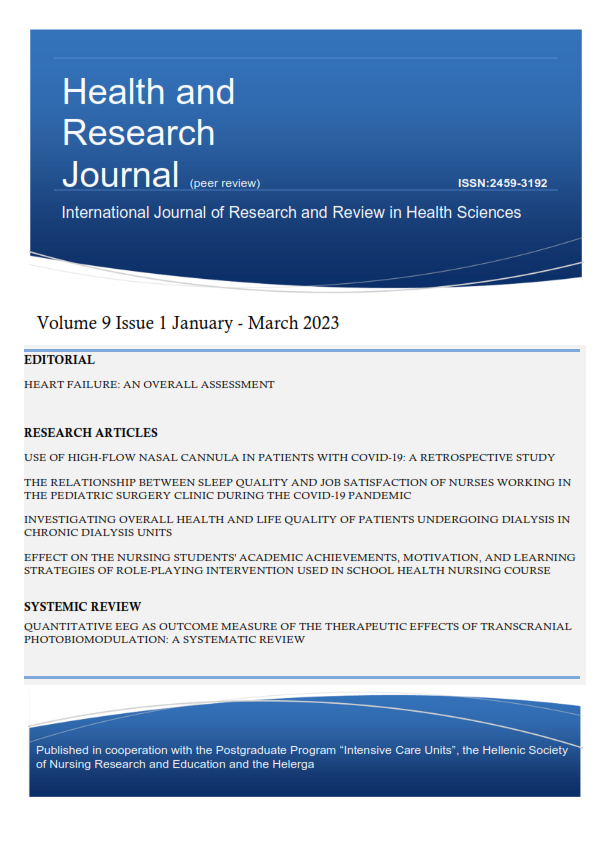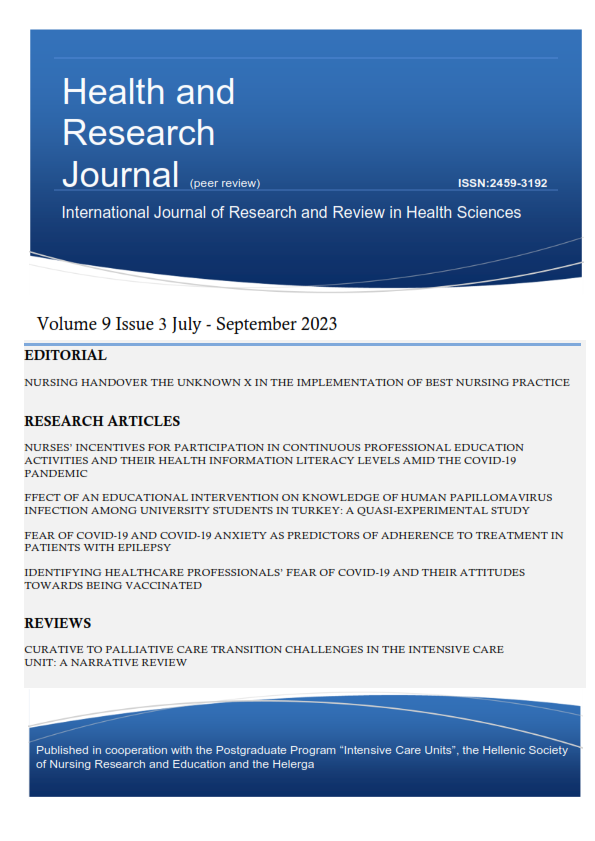Knowledge, views and attitudes of healthcare professionals towards the various forms of domestic violence
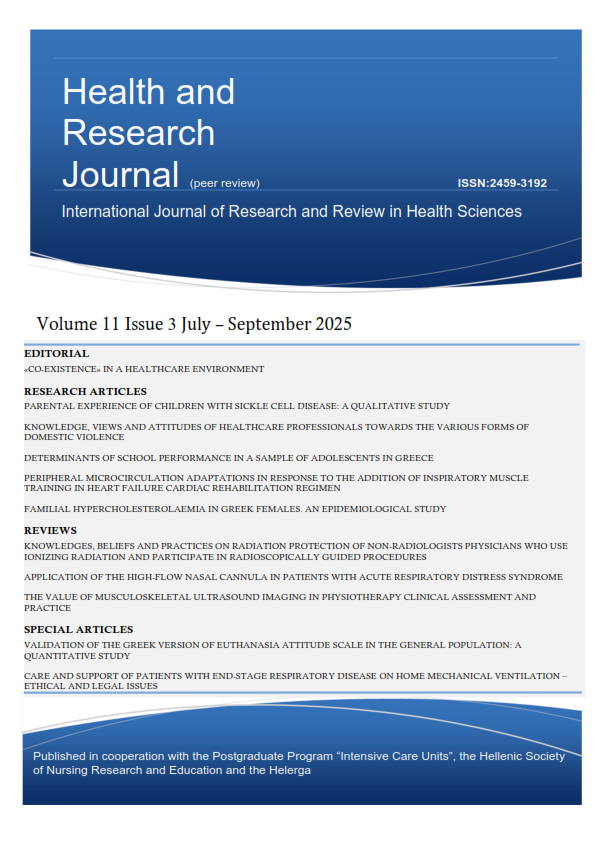
Abstract
Background: Healthcare professionals play a critical role in the detection, clinical management, and psychosocial support of individuals affected by domestic violence. This study sought to examine the extent of healthcare professionals’ level of knowledge, perspectives, and attitudes toward domestic violence.
Method and Material: A cross-sectional study was conducted involving 150 healthcare professionals from all departments of a General Hospital in Greece, utilizing the RADAR questionnaire and the self-report instrument developed by Nicolaidis.
Results: Totally, 38% of participants reported that they know exactly what actions they should take when they come into contact with a victim of abuse and 68.7% of them consider that the identification of domestic violence victims falls within their competence. Also, 58% of the participants claimed that they are not given relevant training and information on how to properly recognize and help domestic violence victims. The most important barriers faced by healthcare professionals when investigating or providing care to people who have been abused are the difficulty in isolating the patient (31.4%), fear of offending the patient when asking questions (31.3%), and lack of sufficient time to investigate patients for violence (28.6%). Age was positively correlated with domestic violence victims’ recognition (r=0.201, p=0.013).
Conclusions: The role of healthcare professionals in the identification and management of patients who have fallen victim to domestic violence is of crucial importance. However, it seems that healthcare professionals remain in need of further education about the strategies that could be followed in order to support domestic violence victims.
Article Details
- How to Cite
-
Intas, G., Vrantsi, S., Makris, N., Theodorou, P., & Stergiannis, P. (2025). Knowledge, views and attitudes of healthcare professionals towards the various forms of domestic violence. Health & Research Journal, 11(3), 208–218. https://doi.org/10.12681/healthresj.39666
- Section
- Original Articles
Copyright notice:
The journal "Health and Research Journal" reserves the rights for copyright of the content of the website and also the copyright of the articles published.
By virtue of their appearance in this journal, the articles are free to be used for non-commercial purposes. However, the articles cannot and must not be used in anyway, published elsewhere or modified without any reference to the author and the first publication of the article.



